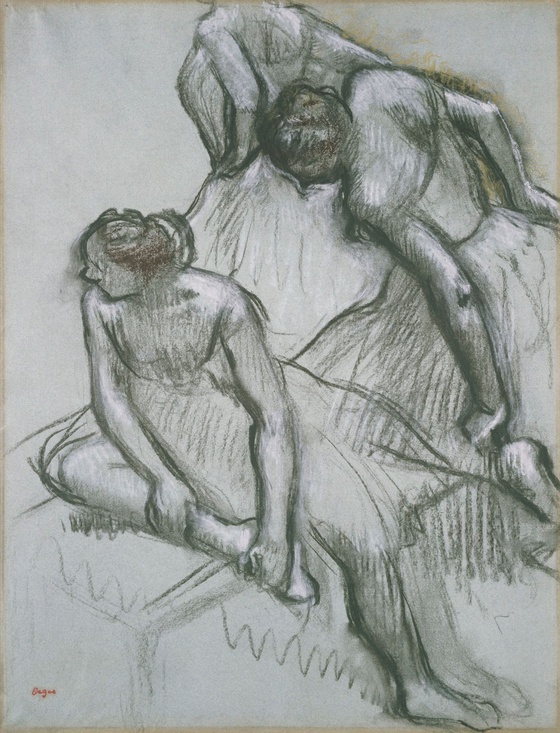
Three Dancers
Three Dancers gives a fascinating sense of Degas’s process. He reimagined the placement of limbs, and then heightened the dancers’ forms with a subtle economy of pastel. Long, repeated hatchings of pigment defy naturalistic description of flesh. The close proximity of the bodies and the subtle harmonies of their limbs—parallel legs on the bench and echoing extension of each figure’s left arm—create a unity and motion, traveling through the pyramid of torsos and tutus.
Details
Created
Aug 5th, 2022, 09:45
Blockchain
ETH
Storage
decentralized
Token standart
ERC-721
Metadata
Unlockable content
No
Rarity
Rarity score
15.21%
Rarity rank
# 188 / 3303
Trait count
14
What is the value?
Price
Sales
Sales (All)
N/A
Avg collection sales (All)
N/A
Difference
N/A
Collectible last sale price
--
Collection avg price (All)
--
Difference
N/A
Collectible last sale price
--
Collection min price (All)
--
Difference
N/A
Successful royalty payments
--
Skipped royalty payments
--
Difference
N/A
Activity history
Processing data. Please, come back later.
Critical Risk
Details
Centralized storage
0 sales per last month
Decentralized storage
10%
Collection tokens3303 tokens
Unique Owners849 / 25.7%
Custom contract
ERC-721
Not editable metadata stored on ipfs or blockchain
0 potential sales
0% missed royalty fee
The original collection.
Found 0 similar collections
More from LaCollection
| # | NFT | 7D CHANGE |
|---|
Showing 1-10 out of 3,302
Rows per page
10